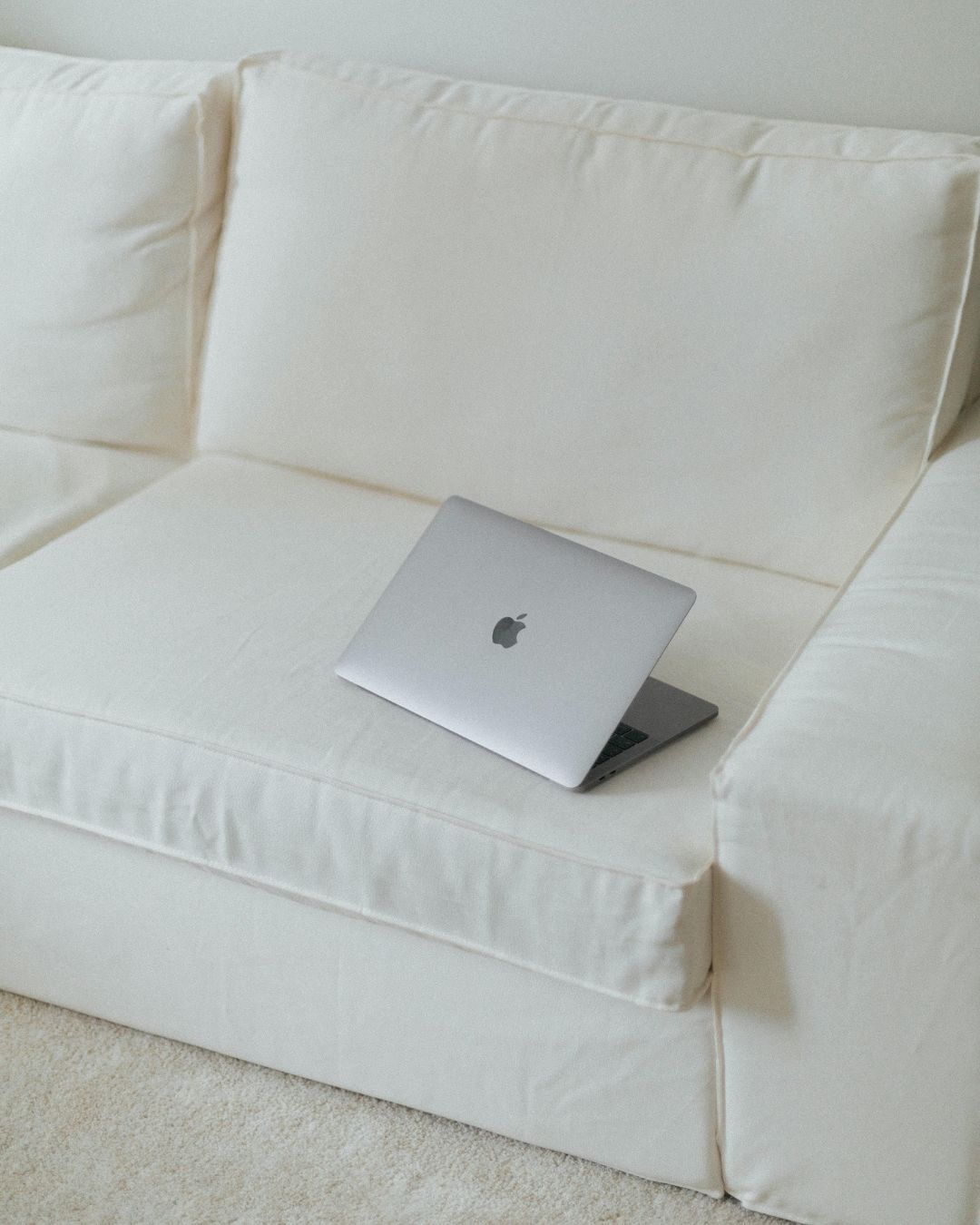If you know Lauryn, you know she is alllllllll about utilizing her time efficiently. If her time can be maximized, it will be!
Because time is one of our most essential resources. Maximizing it can lead to better balance and a happier life. But how, exactly, can you find more time in the day when life seems so go-go-go all the time? The trick is to build healthier habits!
Charles Duhigg, author of The Power of Habit: Why We Do What We Do in Life and Business, taught us there are three components to building a habit in the first place. First, you need a cue or a trigger to initiate the habit. Then, you need a routine. Lastly, there has to be a reward in the brain for completing the routine.
When those three components are present, your basal ganglia is activated. This is the part of your brain that forms habits. It basically sees those three components and says, “ok, I’m going to form a habit loop to continue getting rewarded.” Then BAM–you’ve got a brand new habit.
For more on how to build a habit, you can watch our episode with Charles Duhigg here. And, if you want more books that can change your life, check out Lauryn’s Goodreads!
So, you’ve already got habits, but the truth is? They could be better. That’s the thing about maximizing your time you can always improve upon your baseline. That could be swapping an unproductive habit out for a new one, editing and refining your existing habits, or stacking your habits to make them more efficient.
If you’re lost on what “stacking your habits” means, don’t worry we’ve got you. Habit stacking is a concept coined by author James Clear in his bestselling book, Atomic Habits: An Easy & Proven Way to Build Good Habits & Break Bad Ones.
By the way this is one of both Lauryn and Michael’s all-time favorite self-help books. They’ve learned so much from this one book that has helped them be the people they want to be. Habit stacking in particular has increased their overall wellness and sense of alignment. You can learn more about how Lauryn uses it here:
We love habit stacking, and we bet you will, too. That’s why today’s post is all about habit stacking: what it is, why you should do it, and how to get started.

What Is Habit Stacking & Why It’s Important?
Like we mentioned, habit stacking is a concept from James Clear’s Atomic Habits. Basically, habit stacking works by taking an existing habit and “stacking” a different habit on top of it. This can help you incorporate new, healthier habits into your daily routine with ease.
A great example of this (that you may already be doing) is listening to a podcast while getting a walk in. This allows you to passively receive new information while actively walking. As Lauryn says in her solo episode on productivity habits, it’s like multitasking without actually multitasking.
But how does habit stacking actually work in the brain? To understand that, you’ve first got to understand a concept called synaptic pruning.
Synaptic pruning is the process where we get rid of old, unnecessary connections in the brain. Pruning these connections allows for strong, necessary connections to become even stronger.
A great example of this is math class (for those of us who aren’t math whizzes as adults). When we’re young and in school, our brain forms connections between neurons to do math. As we get older, we need to use math less and less in our day to day life.
Even though you may have once known certain math skills by heart, your brain will get rid of those connections if they remain unused for a period of time. So while we could pass math class back then, math takes more effort now.
Synaptic pruning occurs every time you build and strengthen habits. As we get older, our brains create strong neural networks to support our current habits. The more you can practice a habit, the stronger the synaptic connection becomes.
Creating new habits from scratch can be incredibly difficult, because the network of neurons is already supporting your old habits. However, you can use this strong network to your advantage.
This is where habit stacking comes in. Habit stacking utilizes the strong, pre-formed connections your brain already has to build new habits that are attached to the old habit. These old habits “cue” the new habits once the connection has been formed.
Not convinced yet? Here are 3 reasons why habit stacking is so important:

Habit stacking saves you time.
Habit stacking can help you create a streamlined process for completing anything you want to do on a routine basis.
A long morning routine can feel intimidating. But you can decrease the time it takes with habit stacking!
Instead of spending 30 minutes meditating and then 30 minutes doing red light therapy, you can combine those activities to get them done more quickly. This allows you to make time for all those things you want to do that you “don’t have time for.”
It reduces the effort involved.
For example: maybe you prepare your water before your workout class every single day, and you want to habit stack that with getting your daily amino acids. So, you add them into your water at that same time every day. Now, you don’t have to spend effort remembering to take your amino acids, because you were already preparing water anyway. Get it?
You can reduce your effort even more by visually or physically habit stacking. This means to put everything you need for your habit stack in one place. In this case, you’d put your amino acids right next to your Beauty Salt & water bottle.
For more great habit stacking examples, watch this episode of the show.
You’ll be more consistent.
Because you’re using your brain’s strong lifestyle habits to incorporate new habits into your daily routine, you’re more likely to do it. Plus, the connection between the old habit and the new habit gets stronger every time you practice it. This means you’ll be growing in consistency over time!

How To Habit Stack
Step 1: Observe your daily habits.
The first step to start habit stacking is to look at what habits you already have. We’d recommend listing out what habits are strongest.
Step 2: Determine the habits you want to create.
To create healthier habits, you’ve got to find a habit that will increase your overall wellness. You can list these out as well.
Step 3: Find the right cue.
Once you’ve got your lists, you can look through your lists to match your current habits to your new ones.
Your cues should be something that you do consistently without fail. It’s best if the cue is related in some way to the new habit. This could mean you perform the habits in the same environment, you’re doing the habits for the same reason, or they just make sense together!
Another thing to consider is the frequencies of your habits. If you want to do something every day, you’ll need to stack it with something you already do every day.
Step 4: Make it easy on yourself.
Once you’ve determined what your new habit stacks will be, make them easy on yourself. Put everything that’s needed to complete the habit stack in the same place.
Step 5: Stack!
Now, you’re ready to go!
Perform one habit, then do the next.
Step 6: Rinse & repeat.
To make sure the new habit is integrated properly, you have to perform the stack with consistency. It’ll get easier each time you do it!
Habit Stacking Examples
- Eye patches + ice rolling
- Morning meditation + light therapy
- Making your bed/daily chores + an educational podcast
- Scraping your tongue + brushing your teeth + showering
- Making a glass of water for the gym + amino acids + creatine
- Physical activity + an audiobook
- Morning coffee + eat breakfast + read 10 pages
- Your phone rings + three deep breaths
- An off camera call + a walk
Habit stacking has literally changed our lives.
We recommend habit stacking to everyone. Everyone!
Because it seriously can improve your overall wellbeing so much and it’s so simple to do.
What’s your favorite habit stack? Let us know!

